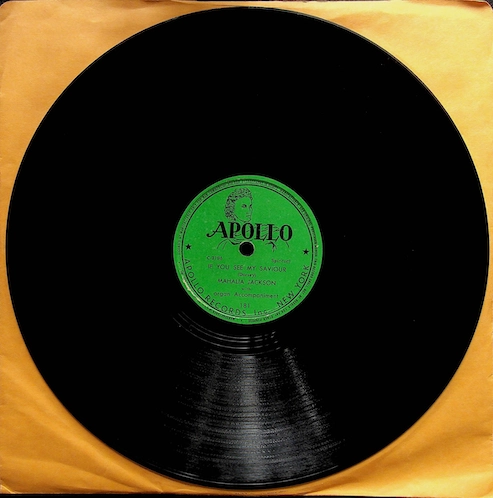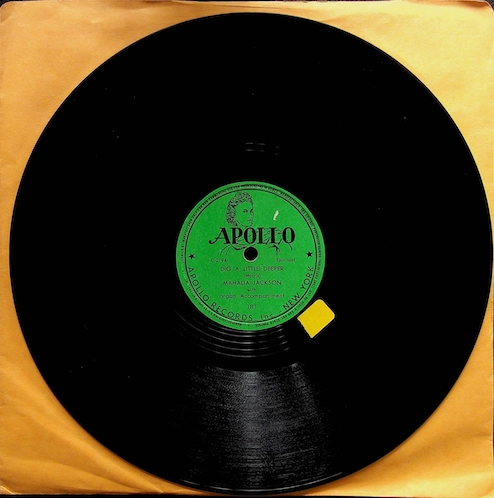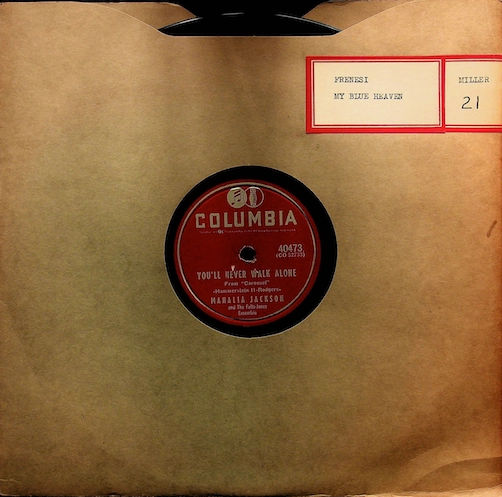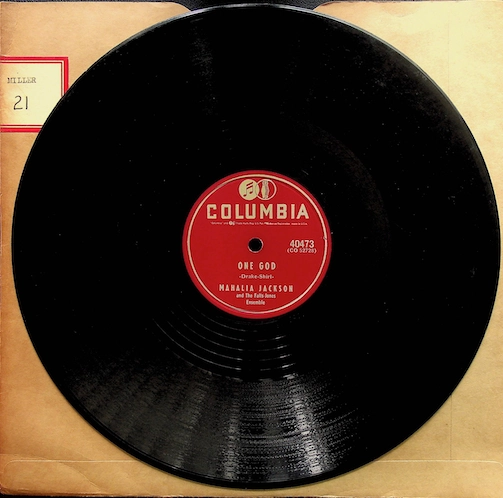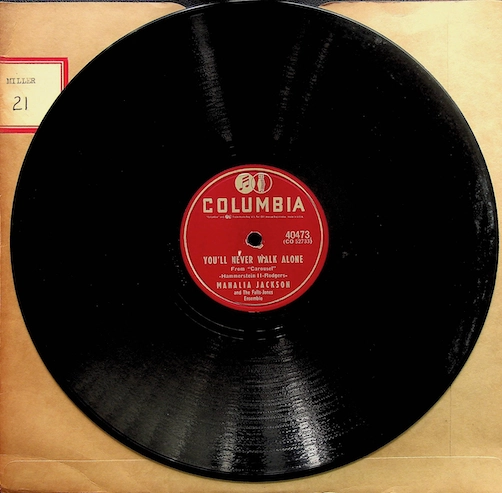The beginnings of a legend
Mahalia Jackson's early and groundbreaking recordings were released on shellac records. This was the standard recording medium from the late 1890s to the 1950s, before being replaced by vinyl records.
Mahalia Jackson's very first commercial recordings for Decca Records in 1937, including songs such as "God's Gonna Separate the Wheat from the Tares" and "God Shall Wipe All Tears Away," were released as shellac singles. These records did not sell well at the time.
Apollo Records (from 1946)
Her big breakthrough came in 1946 with Apollo Records. These recordings, including their million-selling "Move On Up a Little Higher" (1948), were also released on shellac records (mostly in 10-inch format at 78 rpm). The immense success of these shellac singles catapulted them to stardom in gospel music and played a major role in making gospel accessible to a wider audience.
Properties of shellac records
They consist mainly of shellac (a resin), carbon, and fillers. Speed: Usually 78 revolutions per minute (rpm), as opposed to the later 33⅓ rpm and 45 rpm of vinyl.
Shellac records were significantly more fragile than vinyl and could break easily. A 10-inch shellac record could only hold about 3-5 minutes of music per side, so most releases were singles with one song per side.
Historically unique
Since Mahalia's first big hit, "Move on up a little higher," exceeded the five-minute mark, it was decided to simply continue the recording on the B-side. This was the first time ever that a song was split across two sides of a record!
The shellac record was thus the first medium to preserve Mahalia Jackson's singing.
Here is a selection from my collection:
